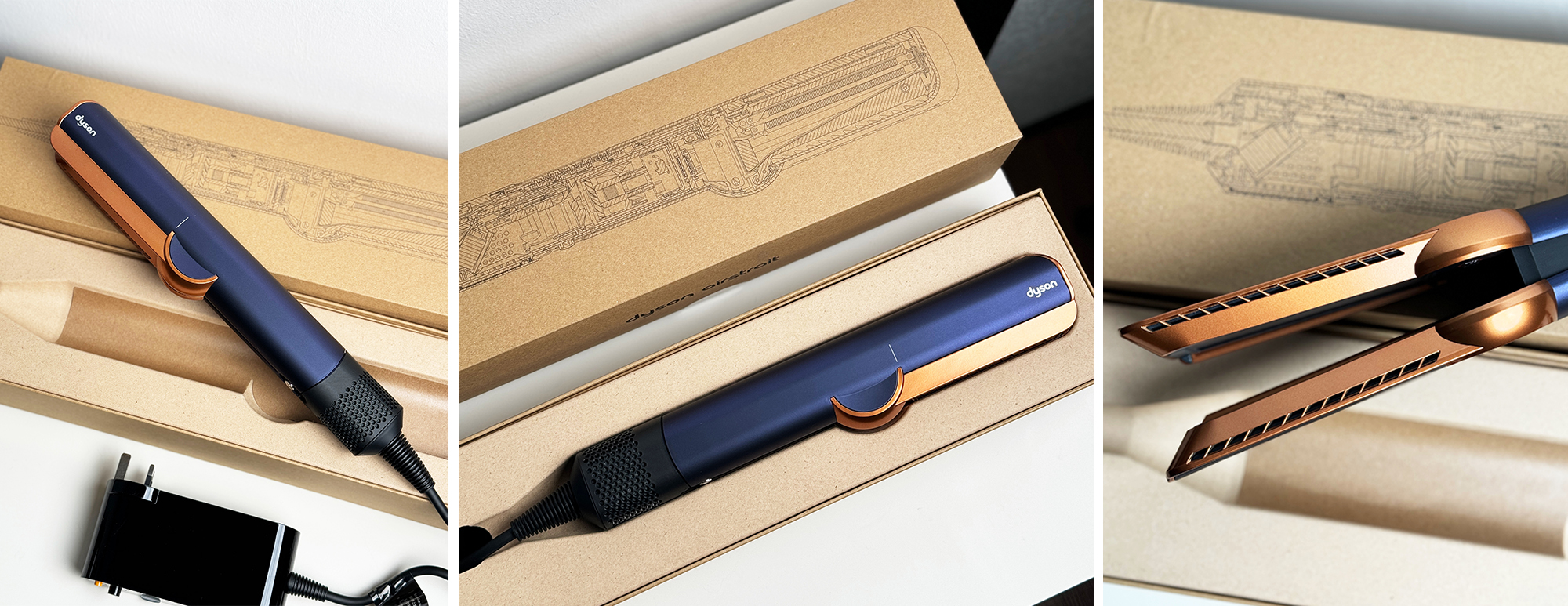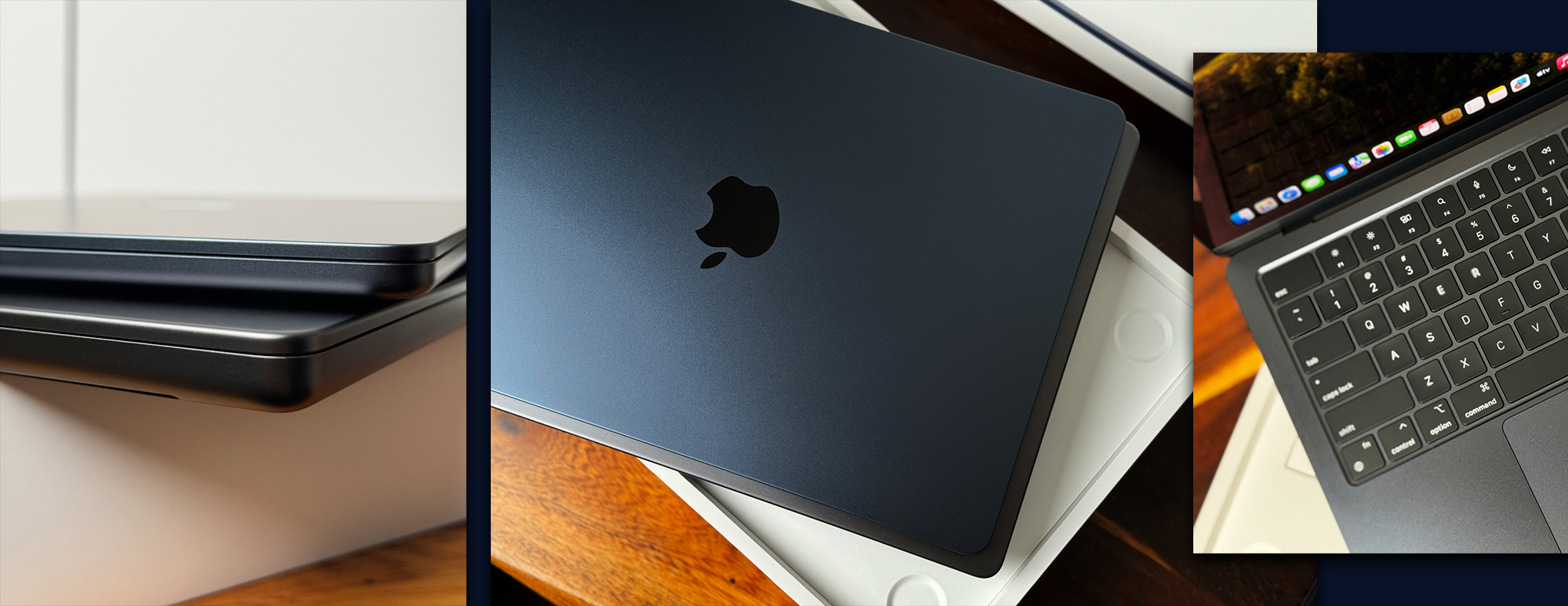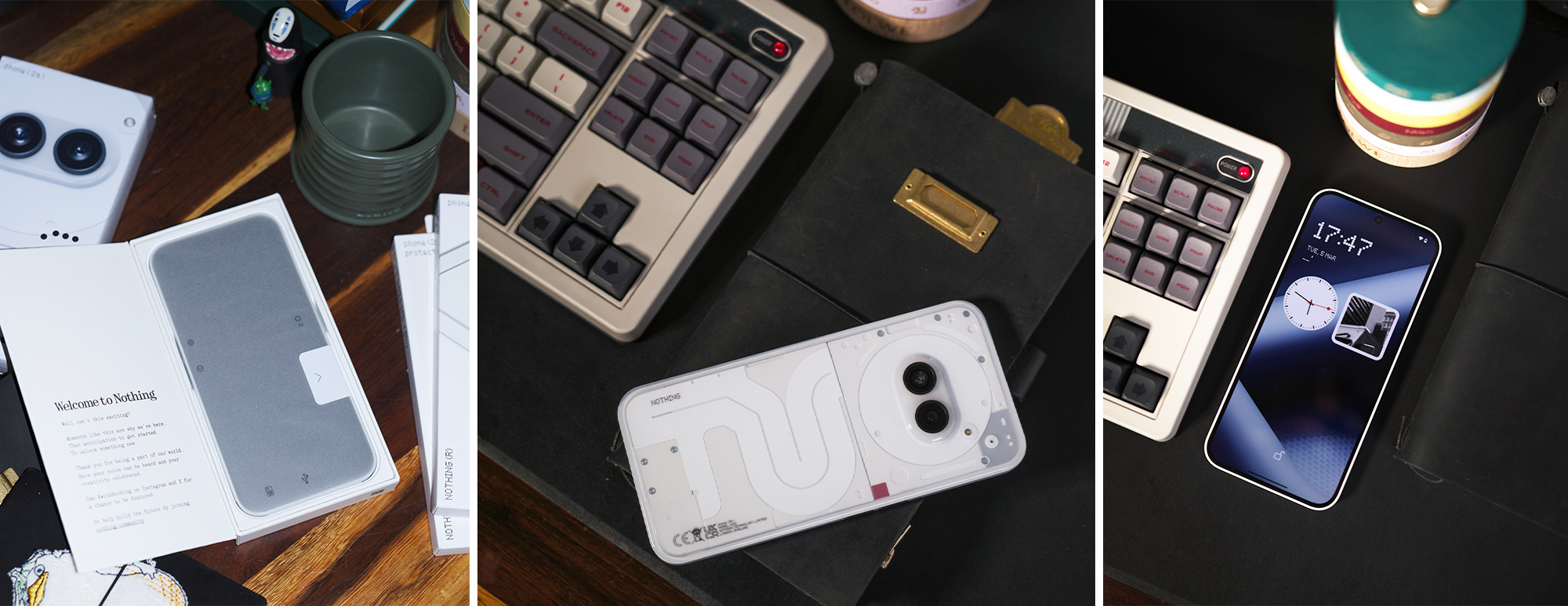Now that we’re all spending most of our time at home working and studying, it’s no surprise that most of us are looking to get more out of our Wi-Fi especially in terms of speed. This is because most of us often interact with apps, games, and videos on our laptops and phones that often consume more bandwidth in order to load properly without any glitches.
Lucky for us, there is a way to get faster Wi-Fi. The next generation of Wi-Fi, also known as Wi-Fi 6, is an impactful upgrade that will not only see a speed increase but also ensure our fast speeds don’t come to a sudden stop after a few years. In fact, Wi-Fi 6 is already available in Singapore and no physical upgrade of our internet service is required — except a change in our current home routers to a Wi-Fi 6 compatible router.
Here’s a closer look at what Wi-Fi 6 is and what you can expect with the upgrade.
What exactly is Wi-Fi 6?

Wi-Fi 6 is dubbed as the next-generation standard in Wi-Fi technology. Wi-Fi 6 is also known as ‘AX WiFi’ or ’802.11ax WiFi’, which builds and improves on the current 802.11ac Wi-Fi standard.
Although Wi-Fi 6 does pretty much the same thing as our current Wi-Fi, this new Wi-Fi standard has been upgraded with additional technologies to make connectivity happen more speedily and efficiently. But, this doesn’t mean it is a new way of connecting to the internet. It is rather an upgraded standard that our compatible devices, especially routers, can use to transmit Wi-Fi signals more efficiently to the growing number of devices in our household.
How fast is Wi-Fi 6?

Early studies from industry experts place the Wi-Fi 6 real-world speed at roughly 30% faster than the previous Wi-Fi standard (or Wi-Fi 5), with theoretical maximum transfer speeds of up to around 10 Gbps. Of course, with that said, the actual speed you ultimately experience depends on context since speed like that are a lot more than you’ll likely ever need from a single device.
Instead of boosting the speed for individual devices, Wi-Fi 6 looks at trying to improve the network with which the devices are connected to. In the current age where one person in the household has more than one device that requires Wi-Fi, it is hard for the router to communicate with so many devices at once hence the more obvious decrease in speed in the overall network.
The introduction of Wi-Fi 6 into your home will help keep connections strong and mitigate these issues by allowing routers to communicate with more devices at once, giving them the ability to send data to multiple devices in the same broadcast, as well as permitting Wi-Fi devices to schedule check-ins with the router.
Here’s a look at the difference in features between both Wi-Fi standards.

Benefits of Wi-Fi 6
Connects to more devices
Unlike the current MU-MIMO where multiple users can access the router simultaneously without any noticeable decreases in bandwidth quality until a certain point, Wi-Fi 6 features 8 x 8 MU-MIMO, which has more than 8 streams available for users to choose from. This means that even if you are in a household with multiple devices streaming videos or engaged in graphics-heavy gameplay, Wi-Fi 6 has got everyone covered with ample bandwidth.
Improves battery life
Target Wake Time is a new technology in Wi-Fi 6 which allows devices to plan out communications with the router, reducing the amount of time they would need to keep their antennas powered on to transmit and search for signals. This leads to less drain on the batteries and improved battery life in the long run. This feature however only works best for smaller, already low-power Wi-Fi devices rather than laptops which need constant internet access.
Better All-Round Security
With the addition of a new security protocol called WPA3, your Wi-Fi 6 network will make it harder for hackers to crack passwords by constantly guessing them, and making some data less useful to hackers even after they managed to obtain it.
How do I get Wi-Fi 6 for my home?
Wi-Fi 6 has already been included in some of the latest smartphones such as the iPhone 11 Series, Samsung Galaxy S10 and S20 series, the Samsung Galaxy Note 10 Series, and the Samsung Galaxy Fold. However, if your router doesn’t support Wi-Fi 6, you won’t be able to see the benefits unless you upgrade your router to a Wi-Fi 6 compatible model.
So, if you’re looking to enjoy speedy wireless connection in your home now, here are some Wi-Fi 6 routers to consider.
ASUS RT-AX58U

Features of the ASUS RT-AX58U:
☛ Compatible with ASUS AiMesh Wi-Fi system
☛ Supports 160 MHz bandwidth and 1024-QAM for faster wireless connections with a total networking speed of about 3000Mbps (574 Mbps on the 2.4 GHz band and 2402 Mbps on the 5 GHz band)
☛ Supports MU-MIMO and OFDMA to efficiently allocate channels and communicate with multiple devices simultaneously
☛ Lifetime free AiProtection powered by Trend Micro, which blocks internet security threats for all your connected smart devices
The ASUS RT-AX58U retails at $249 and is available for purchase at the official ASUS store on Shopee. For more Wi-Fi 6 routers from ASUS, click here.
TP-LINK ARCHER AX10

Features of the TP-Link Archer AX10:
☛ Faster Wi-Fi 6 speed of up to 1.5 Gbps
☛ Instant response to all your network activity with a 1.5 GHz triple-core CPU
☛ 4 antennas and beamforming technology that focuses signal towards individual clients for broader coverage
☛ More simultaneous connections and higher average throughput with OFDMA
☛ Full gigabit ports of broadband speeds that are up to 1 Gbps.
☛ Compatible with Amazon Alexa
The TP-Link Archer AX10 retails at $109 and is available for purchase at the official TP-Link store on Shopee. For more Wi-Fi 6 models from TP-Link, click here.
NETGEAR NIGHTHAWK AX4 4-STREAM WI-FI 6 ROUTER

Features of the Netgear Nighthawk AX4 4-Stream Wi-Fi 6 Router:
☛ Supports up to 3 Gbps (600 Mbps + 2.4 Gbps) wireless speeds
☛ Uses OFDMA to improve capacity and efficiency of your network so that more devices can connect without slowing down your Wi-Fi
☛ 160 MHz channel support which enables gigabit speeds to mobile devices
☛ 5-gigabit ports to connect more wired devices for uninterrupted connections
☛ Compatible with Amazon Alexa and Google Assistant
The Netgear Nighthawk AX4 4-Stream Wi-Fi 6 Router retails at $169 and is available for purchase at the official Netgear store on Shopee. For more Wi-Fi 6 routers from Netgear, click here.
ASUS RT-AX88U

Features of the ASUS RT-AX88U:
☛ Up to 6000 Mbps Wi-Fi speed to handle busy networks with ease
☛ 4 antennas and 8 LAN ports that can support more clients at the same time
☛ Lifetime free AiProtection powered by Trend Micro, which blocks internet security threats for all your connected smart devices
☛ Compatible with ASUS AiMesh WiFi system for seamless household coverage
☛ Compatible with Amazon Alexa
The ASUS RT-AX88U retails at $499 and is available for purchase at the official ASUS store on Shopee. For more Wi-Fi 6 routers from ASUS, click here.
NETGEAR NIGHTHAWK AX8 8-STREAM WI-FI 6 ROUTER

Features of the Netgear Nighthawk AX8 8-Stream Wi-Fi 6 Router:
☛ Ultra-fast wireless speeds with up to 1.2 + 4.8 Gbps
☛ Substantially improved network capacity and efficiency with the uplink and downlink of OFDMA to accommodate more devices
☛ 160 MHz channel support which enables gigabit speeds to mobile devices
☛ Additional DFS channels for an interference-free experience
☛ 64-bit 1.8 GHz quad-core processor for smooth 4K UHD streaming and gaming
☛ 6-gigabit ports to connect more wired devices for uninterrupted connections
☛ Able to prioritise internet traffic by application and device for smoother streaming
☛ Compatible with Amazon Alexa and Google Assistant
The Netgear Nighthawk AX8 8-Stream Wi-Fi 6 Router retails at $549 and is available for purchase at the official Netgear store on Shopee. For more Wi-Fi 6 routers from Netgear, click here.
Banner image courtesy of USA Today.











You must be logged in to post a comment.